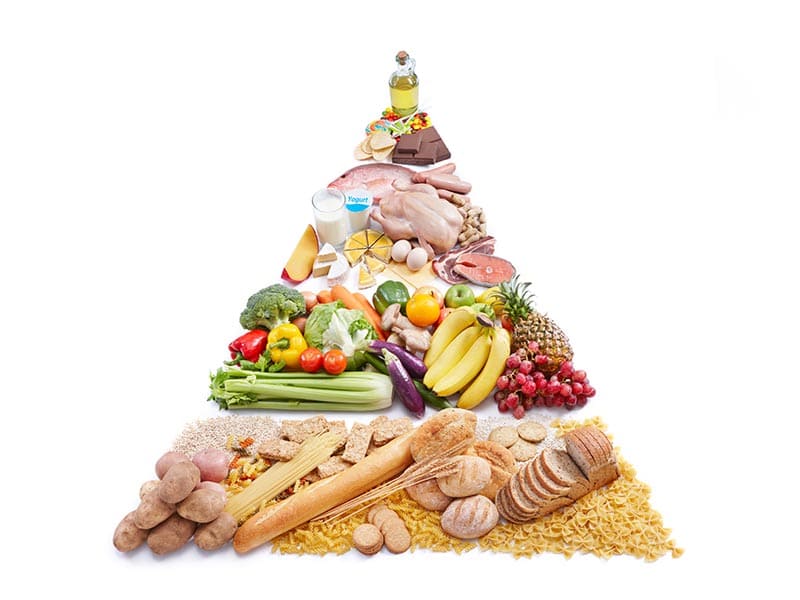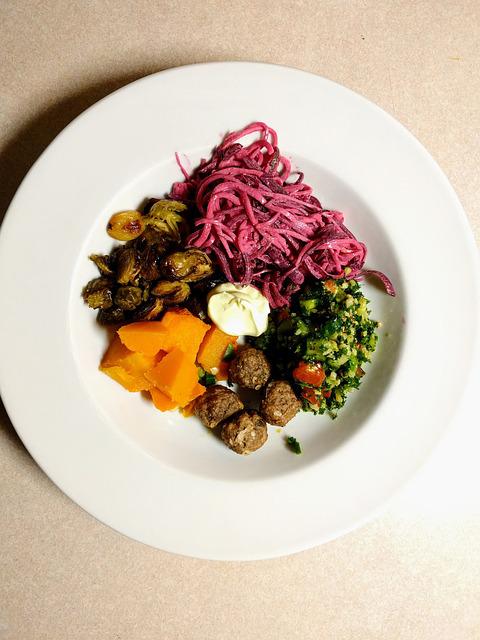
There are many distinctions between the paleo diet, and the ketogenic. The ketogenic diet doesn't require you to eat any grains or legumes. But before deciding which diet is better for you, consider a few basic tips:
Grassfed meat
The types of foods you can eat are what distinguish the Paleo and Keto diets. While both diets encourage eating unprocessed meat, the Paleo diets restrict the consumption sugars and processed meat. Keto diets will love grass-fed beef because it's easy to integrate into any diet. Grass-fed beef is more nutritious than conventionally raised beef.
Keto diet has low carbohydrate intake and allows you to eat a variety of meats including grass-fed. The diet emphasizes meat raised on healthy pastures and free from hormones and antibiotics. Because there is no added sugar or carbs, grass-fed meat is better for ketogenic dieters. Grass-fed meats are sweeter than conventionally raised meats.
Butter made from grass-fed milk

It can be difficult to decide between paleo and keto when you are considering a diet. These diets are high in quality protein but some also include dairy products like butter. This is a gray area. Dairy proteins may not be compatible with the immune system. Additionally, dairy carbohydrates can cause gastrointestinal issues. However, grass-fed milk butter is safe for both. It is also a staple for the keto diet.
Butter, especially grass-fed butter, has many virtues. Not only does grass-fed butter have a lot of nutrients, but it also contains conjugated lipoic acid, which is a healthy fat that may be beneficial for weight loss. Butter is also rich in fat-soluble vitamins. Saturated fat is often feared because of low-fat diets. However, saturated fat is not a threat. Butter can be a crucial part of a Paleo diet, even if it's not the nutrient you fear.
Unrefined oils
Unless you are on the Paleo/Keto diet, refined oils should be avoided. This is due to their high level of saturated fats and their tendency to break down into toxins when heated. So how can we determine which ones are better for us? Let's take an in-depth look. Both diets don’t have to be compatible, but there’s still space for some overlap.
Palm oil is rich in saturated fats. Many types of oil are produced by the palm trees. The most commonly produced oil is red palm oil. This oil has a warm flavor with a high smoke point. This oil is also a paleo-friendly alternative to sunflower oil. Public Goods organic cold-pressed coconut oil has no additives and is unrefined. Lard is a great choice for cooking. Lard has monounsaturated oils and neutral flavors.
Grass-fed dairy

Grass-fed dairy is one of the few permitted dairy products on the ketogenic diet. Although this topic is controversial, some paleo dieters believe grass-fed butter can be eaten. However, soy is not allowed in the paleo diet as it falls under the legume group. Although both diets are healthy, each one has its pros and cons. Grass-fed dairy is preferred for its nutritional value, and soy is not allowed.
Keto is a diet that focuses on high-quality protein sources. This is especially important for those with a compromised gut or gluten/lactose intolerance. Grassfed dairy also has lower levels of casein and milk sugar than their conventional counterparts. Grass-fed beef is a great choice for keto because it can easily be integrated into a ketogenic lifestyle.
FAQ
What should a beginner cook start with?
Start cooking something simple, such as pasta, rice, soup. If you want to learn how to cook, go for a recipe book or YouTube video. Cooking can be fun when done with a partner. You can cook together as a family or with friends.
Can you become a self-taught chef?
Self-taught cooking is possible! The joy of cooking is something that everybody enjoys doing, no matter their skill level. Learn how to cook at home. Start small, such as making pancakes for breakfast and spaghetti sauce at dinner. You can learn the most by trying new recipes and making mistakes. It is possible to make mistakes.
You can learn to cook in a matter of hours or weeks depending on your level of cooking ability. Cooking is more than following recipes. There are many ways of cooking food. So if you have an idea for a recipe, use it.
Which is the best method to store leftovers?
Tupperware containers work well for leftovers. These containers keep foods fresh and prevent odors from forming. They can also keep food warm longer. Frozen leftovers can be kept in freezer bags. To prevent air from escaping, freeze food in a bag. Once the food has been frozen, transfer it into an airtight container such as a zip lock bag.
How do I motivate to cook?
Cooking is fun when you share food with family and friends. It is easier to cook for yourself than for others. If you want to be motivated to cook, try making something new. You will be able to learn new techniques and ingredients. Also, you can use recipes from different cultures to expand your culinary knowledge.
How long does learning to cook take? How long do I need to learn to cook?
It depends on the skill level. Some people learn basic cooking techniques in just a few days. Some people take months to learn how to cook. Others may need to wait for years.
The amount of time needed to learn to cook varies considerably based on the person. Someone who has never been to the kitchen before might need more time than someone who does it regularly. Also, certain types of cooking require more experience than others. Baking, for example, requires more experience than frying.
A specific technique will help you cook faster. Once you've mastered that technique, move on to another one. It doesn't matter how long it takes to master a particular technique. Keep practicing and having fun with the whole process.
What is the best way to learn to cook?
Cooking is one of those things that everyone should know how to do. Cooking is a skill that will allow you to enjoy delicious food. To learn how to cook, you must first find a recipe you like and then follow it carefully. The next step is to practice making small modifications to the recipe until it becomes second nature. The last step is to cook for others. This will allow you to improve your cooking skills and test your abilities.
Statistics
- On average, chefs earn $58,740 a year, according to the BLS. - learnhowtobecome.org
- The median pay for a chef or head cook is $53,380 per year or $25.66/hour, according to the U.S. Bureau of Labor Statistics (BLS). (learnhowtobecome.org)
- In the United States, the category is estimated at $23.2 billion annually and is growing faster than the market. (washingtonpost.com)
External Links
How To
How to make the perfect omelet
Omelets are a favorite breakfast food of mine. How can you make them perfectly? Many different recipes and methods have failed to work for me. So today, I want to share some tips and tricks with you so you can make your own delicious and fluffy omelets every morning.
It is important to know that eggs can be temperamental when making omelets. You must get them fresh, organically, and keep them cold until you cook. They must be kept cool, otherwise the whites will not form properly and the yolks may become runny. This causes your omelets to look oddly colored. It is best to use room-temperature eggs if you are going to cook them right away.
Another tip is to separate the egg before adding it to the pan. The yolk and white should not be mixed together as this can cause the omelet's curdle.
You might burn the bottom of the egg if you place the egg directly on the stovetop. This could ruin the texture of your omelet. Instead, heat the egg in a microwave for 10 seconds and then place it in a pan. The microwave heat cooks your egg just right, without it becoming too soft.
Next, let’s talk about mixing the egg. You want to mix the eggs thoroughly before you add them. To do this, take the bowl from the mixer and flip it upside-down. Then shake the bowl vigorously. This allows the air to be whipped and the egg to be mixed thoroughly.
The fun part is now - adding the milk to the mixture. First, pour half of the milk into the beaten eggs and then fold the eggs gently into the remaining milk. Don't worry if there are still streaks of egg visible; these streaks will disappear once you flip the omelet.
After folding the eggs, place the pan on medium heat and wait for the oil to start sizzling. When the oil is hot enough, add 1/4 cup butter to the pan. Stir it around until the butter covers the entire pan. Open the lid and sprinkle salt on the pan. A pinch of salt will prevent your omelet from sticking in the pan.
Once the omelet has formed, cover the pan again and wait for the top side to set completely. Flip the omelet upside down or with a spatula. Cook the other half for another minute. Serve immediately after removing the omelet from its pan.
This recipe works best using whole milk. Skimmed milk is also possible.